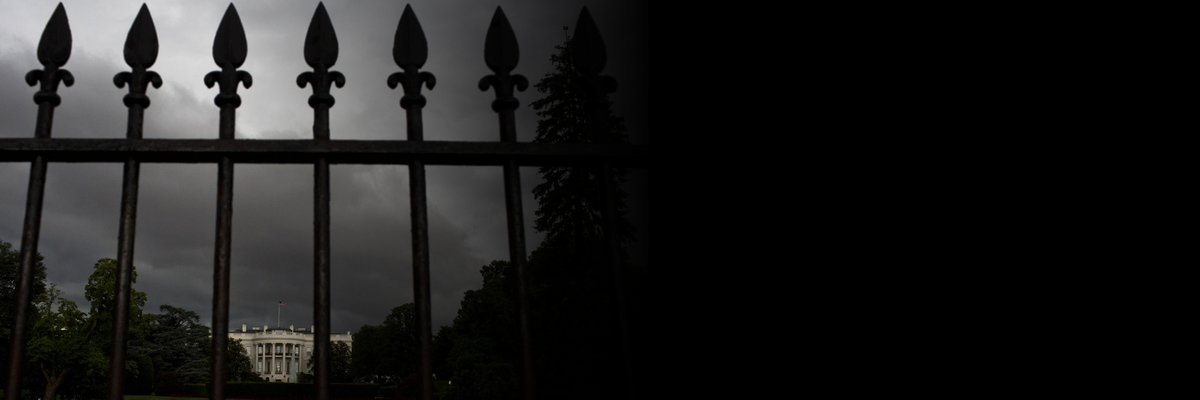A new compromised Farm Bill that passed the House of Representatives on Monday and has received backing from prominent senators of both parties will make deep cuts to the nation's food stamp program, betraying the rhetoric of both Republicans and Democrats who say they would like to address issues that plague working people or the rampant income
inequality pervasive in the U.S. economy.
As the bill--which would cut $8 billion (a full one percent) from the Supplemental Nutrition Assistance Program (known as SNAP) over ten years--now heads to the Senate, new data reported by the Associated Press on Tuesday shows that the food stamp program is increasingly being utilized by working class Americans, those stuck in low-wage jobs, drowning in debt, and unable to get by in an economy in which the wealthy are lavished with subsidies and tax breaks while workers, students, the elderly and the poor get further squeezed.
From AP:
In a first, working-age people now make up the majority in U.S. households that rely on food stamps -- a switch from a few years ago, when children and the elderly were the main recipients.
Some of the change is due to demographics, such as the trend toward having fewer children. But a slow economic recovery with high unemployment, stagnant wages and an increasing gulf between low-wage and high-skill jobs also plays a big role. It suggests that government spending on the $80 billion-a-year food stamp program -- twice what it cost five years ago -- may not subside significantly anytime soon.
Food stamp participation since 1980 has grown the fastest among workers with some college training, a sign that the safety net has stretched further to cover America's former middle class, according to an analysis of government data for The Associated Press by economists at the University of Kentucky. Formally called Supplemental Nutrition Assistance, or SNAP, the program now covers 1 in 7 Americans.
The findings coincide with the latest economic data showing workers' wages and salaries growing at the lowest rate relative to corporate profits in U.S. history.
________________________________



